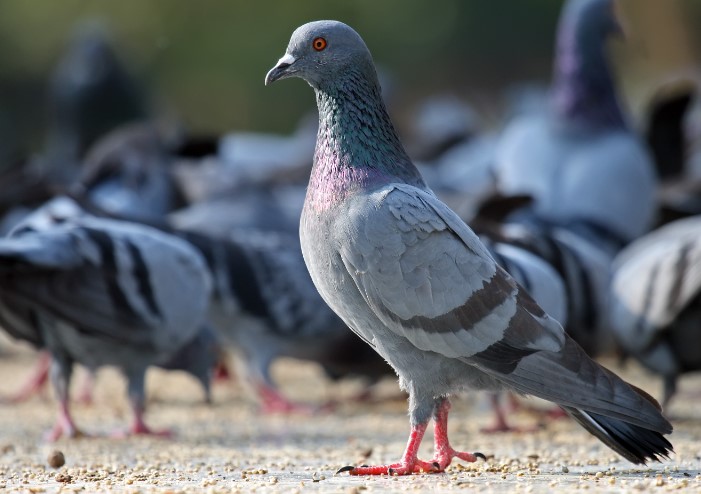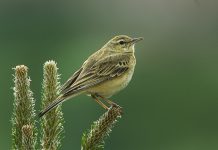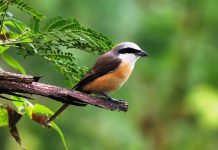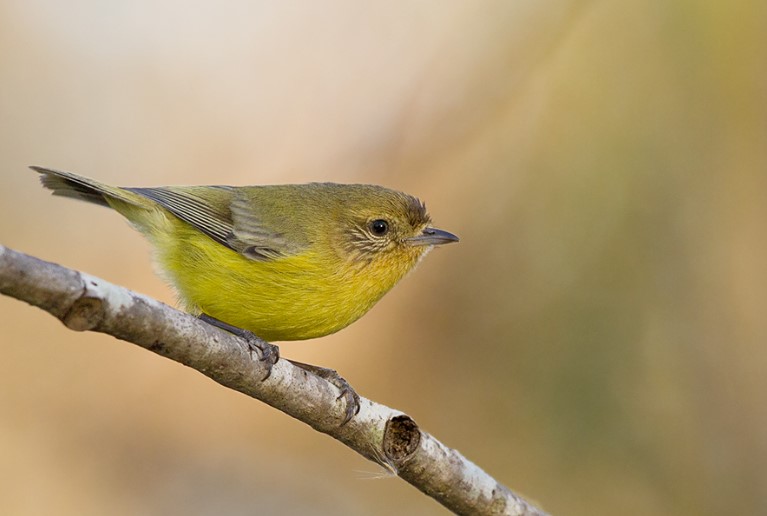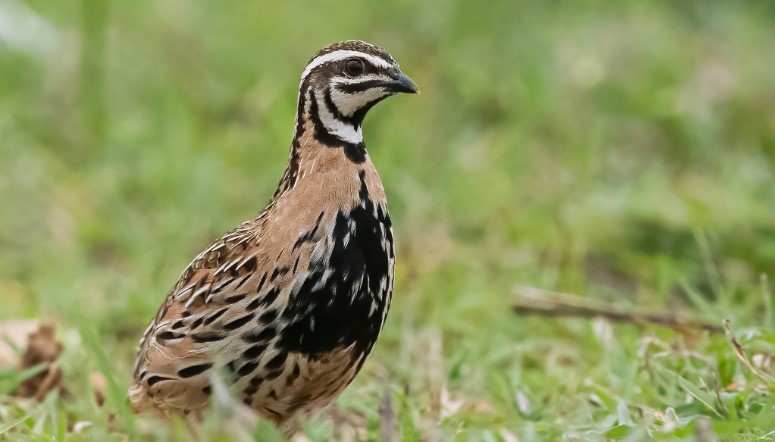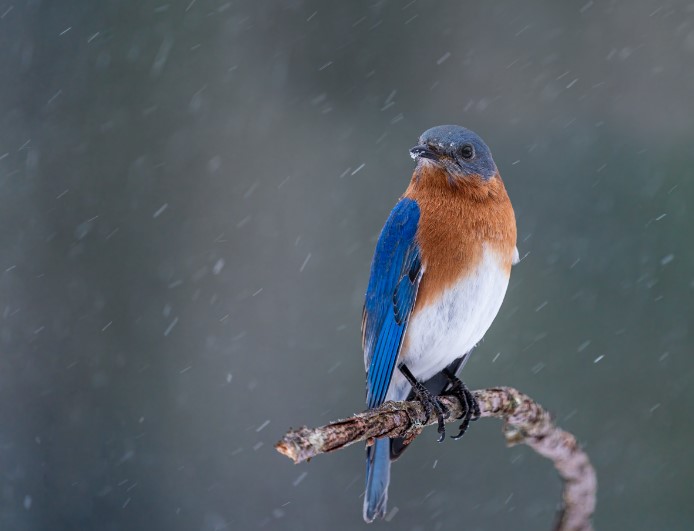Family: Originally from the Northern Hemisphere, the Feral Pigeon (Columba Zivia) is a descendant of the wild rock pigeon. It is a member of the Columbidae family.
Behavior: The Egyptians first domesticated them 5000 years ago, which led to their spread through contact with man. Today, they can be found living wild in many cities and in many rural areas in Australia. Despite living in an urban environment, these wild birds maintain the cliff-dwelling and ledge-nesting habits of their ancestors. The birds deface buildings and public places with their droppings, causing trouble and expense.
DIET: Food scraps found in streets and parks, as well as poultry and other domestic animals’ feed, are the main sources of food for these birds. Other than that, they eat grains. In the wheat-growing regions of southeastern Australia, where large areas of grain crops and stubble exist and where there are many barns and sheds that provide nesting sites, the bird population may be the largest outside the major cities. Farmer-owned birds and feral birds are sometimes hard to distinguish, but no matter where they come from, they are in large numbers.
Habitat: A number of Feral Pigeon colonies nest in rock holes or cliffs along the southern coast, as well as in holes in river red gum trees along inland rivers. Throughout history, many types of feral pigeons have been released and escaped in cities, and the mixed stock of these birds has evolved into a form that is similar to their wild ancestors through cross-breeding and natural selection. Their wings are held in a high ‘V’ as well as flapping and gliding in display flights. It is not possible for domestic pigeons with many specialized forms—fantails, mandarins, tumblers, and so on to survive in the wild. Innumerable color patterns have developed among feral birds over centuries of cross-breeding, from mottled whites to blues and red-browns.
